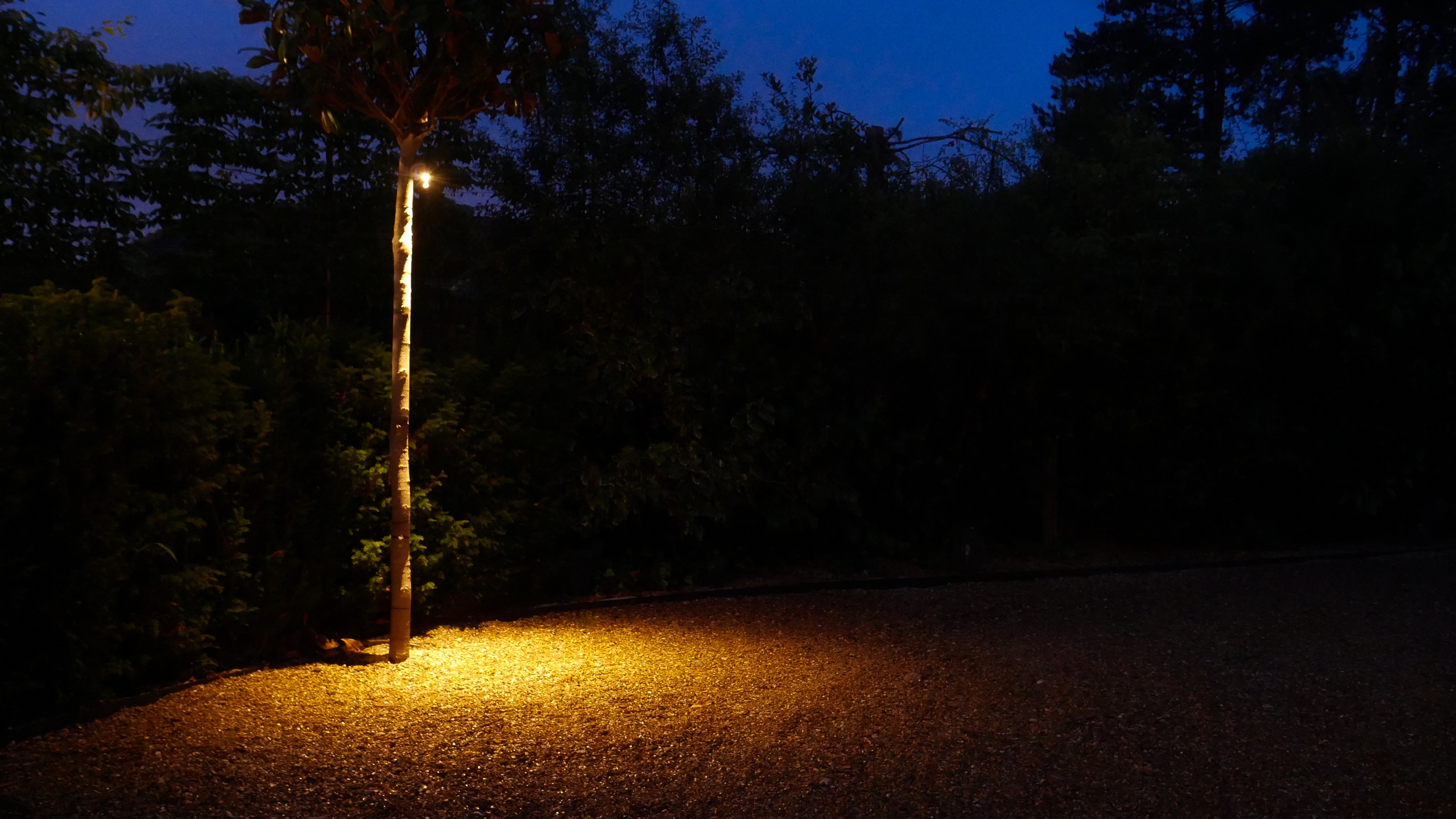Helping you create lighting schemes that maintain dark skies
Need help with designing the lighting? Click HERE
In February 2021 one of our customers - Emma Griffin garden design made us aware of the issue with lighting impacting wildlife, insects and the wider planet - the issue known as dark skies. This issue also ties in well with other wildlife conservation, in particular bats.
We've since made it our mission - to design and manufacture lighting which is better for the planet. We hope that by the end of 2025, 90% of all lights we make if fully dark skies compliant.
We're now working on and researching ideas for a range of lights that will be as least impactful as possible, and we will provide installation and design advice alongside this to support you.
So, what is Dark Skies?
The Dark Skies movement was started in Flagstaff, Arizona, with its roots going back to 1958! Flagstaff is the first internationally recognised Dark Skies place, which happened finally in 2001. Why was Flagstaff so relevant? Well, it's a place that has a very important observatory - the observatory which discovered Pluto! Polluting the night sky with artificial light essentially was impacting both people's enjoyment and the use of the observatory.
There are other Dark Skies places, including Brecon Beacons, Dartmoor, and the South Downs.
In more recent years, there has been lots of work by the Bat Conservation Trust, and there are some fantastic guides available for lighting and planting planning.
Landscape and urban design for BATS and biodiversity
BATS and Artifical lighting at night
In the UK, most of the time any local authority involvement will be more concerned about wildlife impact - especially Bats - then the actual Dark Skies issue, but both are issues that serve each other hand in hand.
So, what are the hard and fast rules for creating a Dark Skies & a wildlife-compliant scheme?
- Downward illuminating up to the horizontal plane - no uplighting at all.
- 2700K or warmer in colour temperature - 1800K/Amber optics are best. They eliminate any blue light content. (The IDA recomments 3000K or warmer. 3000K, 2700K and 2200K all have quite a large proporation of blue light which is what we are trying to reduce)
- As low output as possible, only illuminating what is necessary.
- Avoid illumination where there are waterways or hedgerows.
- Use the lights only when needed.
- Fade off lighting towards the boundary of the property
What are authorities requiring?
For most authorities, I've seen the requirements for a 2D layout plan, specification sheets, and details of the lights selected, and an overriding statement of their use/positioning. In some cases, I've seen the need for a lighting contour plan - which shows the light fall at floor level and possibly at a further plane higher up. We have a team of lighting designers in house, so we can help complete a plan if needed.
Videos on the dark skies issue:
Early videos during initial research
Dark sky and wildlife friendly lights
Need help with designing the lighting? Click HERE














